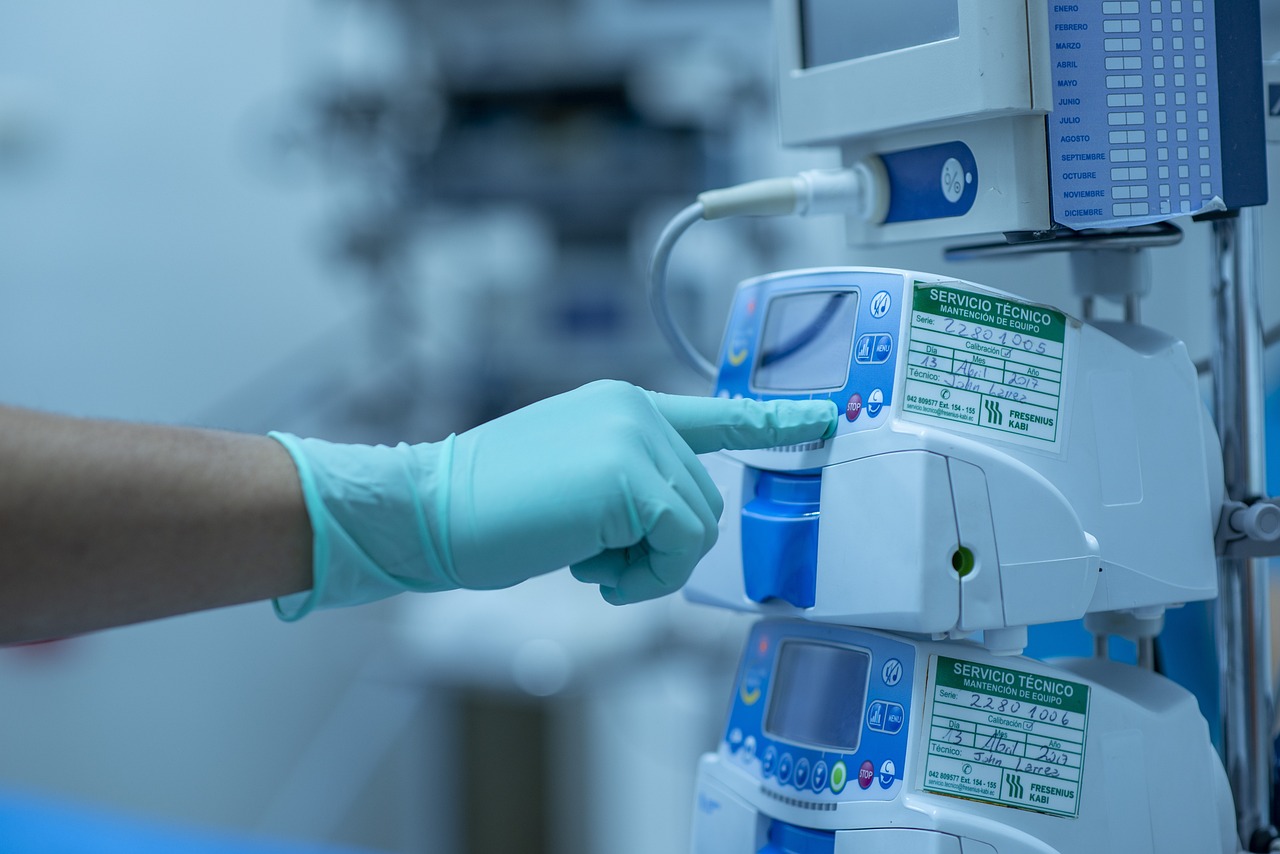Media release
From:
Coaching trainees just before a procedure could improve patient safety
“Just-in-time” training could improve clinical outcomes, particularly among inexperienced clinicians, say researchers
Giving inexperienced clinicians a quick coaching session with an expert just before they carry out a procedure boosts their success rate and could improve patient safety, finds a study in the Christmas issue of The BMJ.
Athletes and musicians often rehearse, warm up, or practice just before they are about to perform. Yet in medicine, where performing a procedure can have life-altering consequences, warm-up, or “just-in-time” training is rare to non-existent.
To fill this knowledge gap, a team of US researchers conducted a randomised clinical trial to assess whether coaching inexperienced clinicians just before intubating an infant (inserting a breathing tube through the mouth and into the windpipe) could improve the quality of care.
Intubating an infant can be challenging for trainees who may need several attempts to insert the tube correctly. This creates time pressure, increases mental stress, and is linked to complications including hypoxia (dangerously low oxygen levels), bradycardia (slow heart rate), and cardiac arrest.
The trial took place at Boston Children’s Hospital and involved 153 anesthesiology trainees (residents, fellows, or student resident nurses) from 10 regional training programs who completed a questionnaire about their knowledge and previous experience of intubating infants.
Participants were then randomly assigned to either a 10 minute training session on an infant manikin with an expert airway coach (treatment group) or usual on-the-job training (control group) within one hour of intubating an infant.
Each trainee performed up to five infant intubations. Immediately after each intubation, the trainee filled out a survey developed by NASA to measure cognitive workload while performing a task. Higher scores indicate a high cognitive load, linked to increased task specific error.
Between 1 August 2020 and 30 April 2022, the trainees (83 control, 70 treatment) did a total of 515 intubations (283 control, 232 treatment).
First attempt success was 91.4% (212 out of 232) in the treatment group and 81.6% (231 out of 283) in the control group, a clinically meaningful 10 percentage point improvement.
Just-in-time training was associated with significant improvements in quality of care, including less time to intubation, improved views of the airway while intubating, fewer maneuvers by the trainee in trying to place the breathing tube in the airway, and fewer technical difficulties.
Just-in-time training was also associated with significantly lower cognitive load scores and improved competency. Complication rates in the treatment group were also half of those in the control group (2.75% vs 4.71%) and although this difference was not significant, it is clinically meaningful, say the researchers.
A concern by hospital systems may be that just-in-time training could slow workflow. However, the researchers found brief warm-up sessions feasible and non-disruptive to workflow without becoming a burden to the coaching team.
They also point out that, although the study served as a proof of concept at a single center, their results could apply more generally and may also benefit more experienced clinicians. Further study is warranted.
They conclude: “Just-in-time training by an experienced coach before infant intubation increases the first attempt success rate, decreases the mental workload, and improves competency metrics for inexperienced clinicians. Just-in-time training could improve the quality of high stakes procedural care more broadly.”
Just-in-time training could be just what the doctor ordered, says Justine Naylor at the University of New South Wales, in a linked editorial.
This form of point-of-care continuing professional development (CPD) “has the potential to be widely adopted if it accelerates competency in inexperienced individuals with little added burden on existing resources and, as a bonus, protects the mental health of its users,” she writes.



 Australia; International; NSW
Australia; International; NSW



